Offices and the retail and hospitality sectors hold almost no secrets for Jonathan Honvoh and Rodrigue Strouwen. They chose Belgium and Liège, where they were trained, to live their adventure with all the boldness that defines them. Each challenge is an opportunity to surpass themselves for this duo of experts in their fields.

You are the co-founders and partners of Twodesigners. How did you get started together?
Our first Erasmus trip to Turin brought us together in our respective studies in industrial design at Saint-Luc Liège. Opening up to creation in a country other than Belgium allowed us to discover our complementarity in a variety of fields, and our pleasure in working together on ambitious and realistic projects. In 2011 we founded Twodesigners.
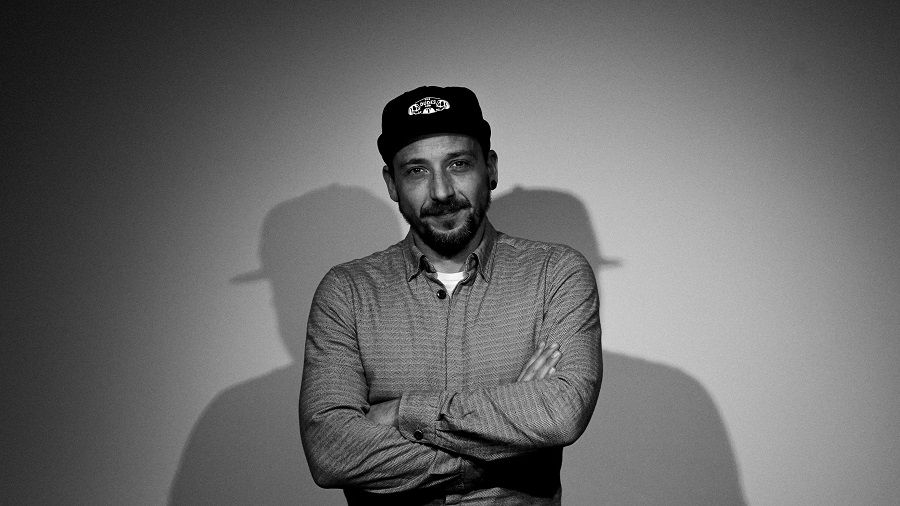
Belgium is Design first introduced you to SaloneSatellite in Milan. What happened next?
We had sent our application to take part in this major fair for young designers and in the end we were given the chance to take part and to design the offices of Wallonie Design.
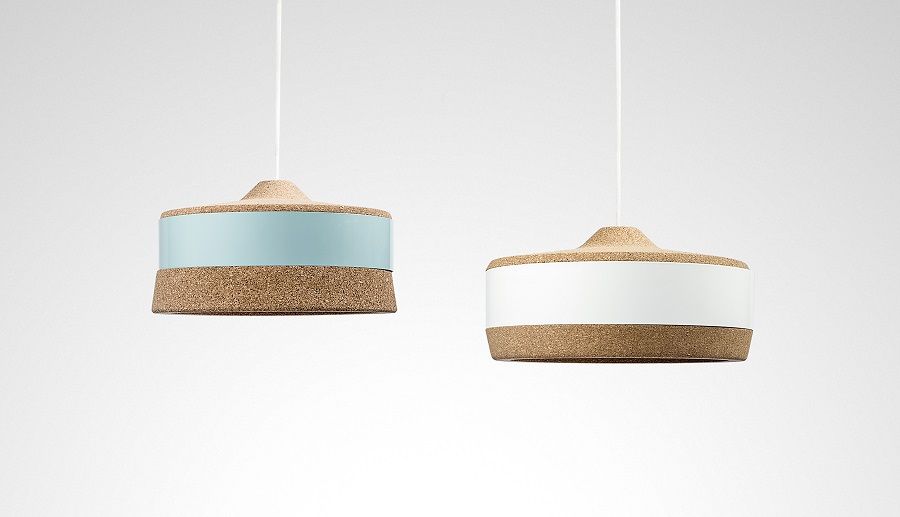
How did you evolve from “young designers” to “interior design studio”?
In the beginning, we focused on the production of small furniture. We presented the Kork project in 2012: tables with tops made of cork. These designs, which provide a plausible alternative to the use of plastic materials, caught the eye of the Belgian company Linadura, which turned them into a line of modular storage units. However, we felt that this had an elitist purpose and that few people were actually benefiting from our objects on a daily basis. What I mean is, we were not interested in producing just another chair. We specialise in the design and development of custom interiors, where the issues are directly related to the client’s and end user’s needs.
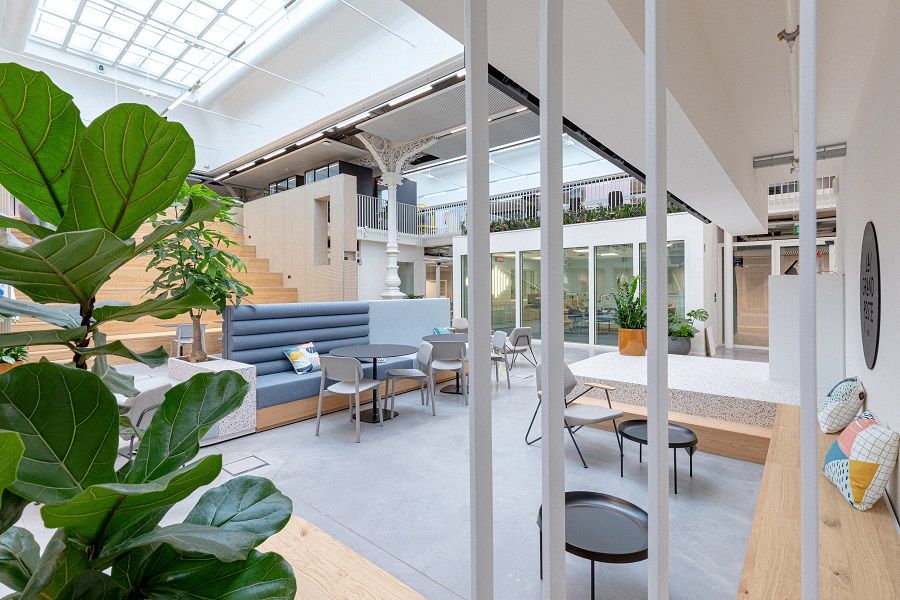
Who else makes up your team?
We are now the creative directors at Twodesigners; the team also includes two architects, an interior designer and a graphic designer. Expanding our team through our projects has allowed us to assert ourselves and define ourselves as an agency. Our work dynamic is shared: it is our passion, our know-how and our conviction that allow us to deliver a project.
You cherish hybridity. How does this translate into practice?
Each member of our team brings their own experience to the table so we can enjoy a fresh perspective on our projects. We also ask the manufacturing workshops and the different trades we work with to experiment.
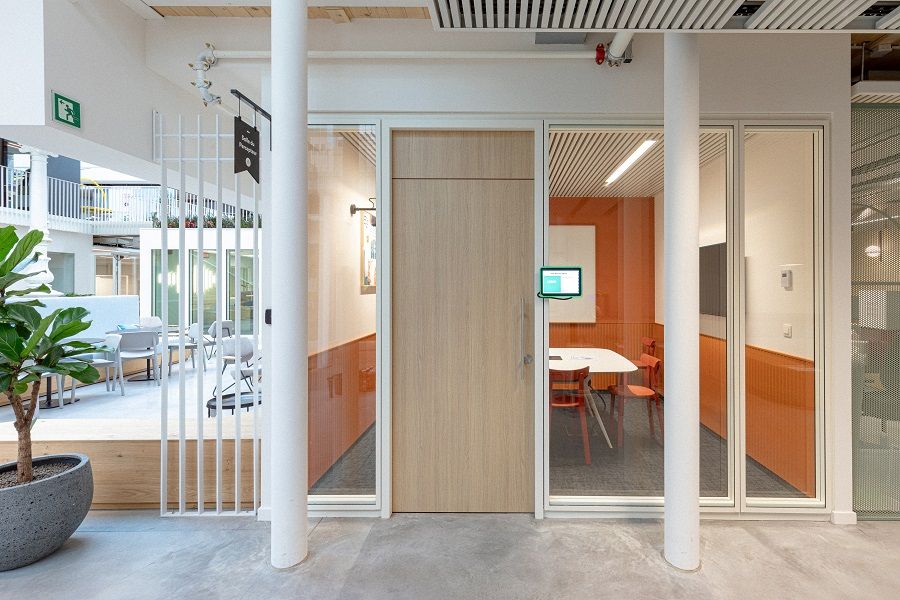
What are the specificities of Twodesigners today?
From our first group projects, we knew that our dual expertise in graphic design and furniture design could become a double-edged sword. So we have never been interested in making something beautiful just for beauty’s sake. We have always strived to create objects, quality spaces, that can be used or stay in place for a long time. In short, we are a design studio for public interiors, hotels, restaurants and stores that are innovative and dare to be contemporary. We also provide identity development services for small and medium-sized companies.
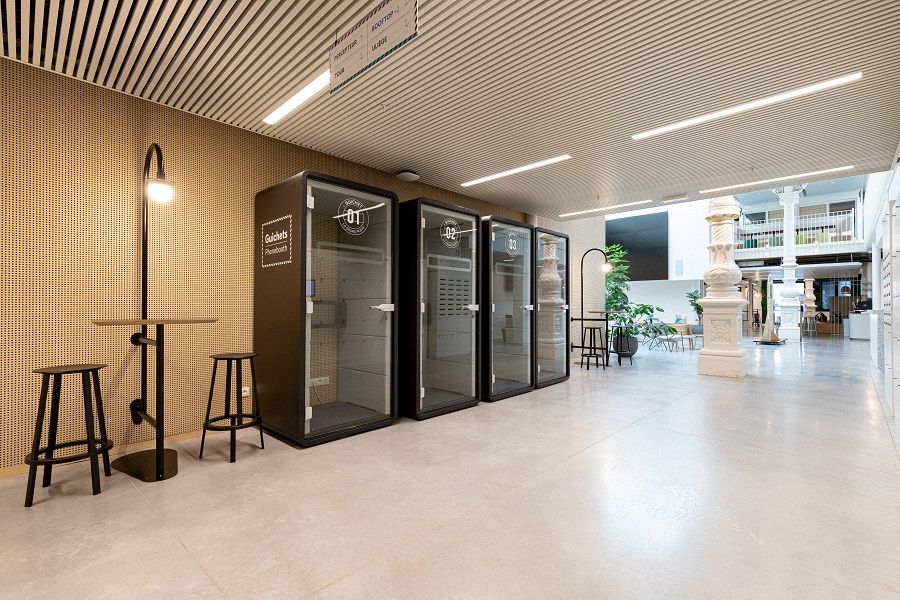
What is your modus operandi?
We have no special predilection for choosing projects. Our clients get in touch with us because not because they are looking to impose a Twodesigners signature on their environment, but rather because they want to enjoy a warm and welcoming space that is positive, that feels like them and that is above all human. Functionality and the user’s feeling for the space are the most important aspects of our work. We believe that each client is unique and deserves a place of their own. It is their personality and their goals that determine our features, from the design to the finished architecture.
What word would you use to define your style?
Vivid.
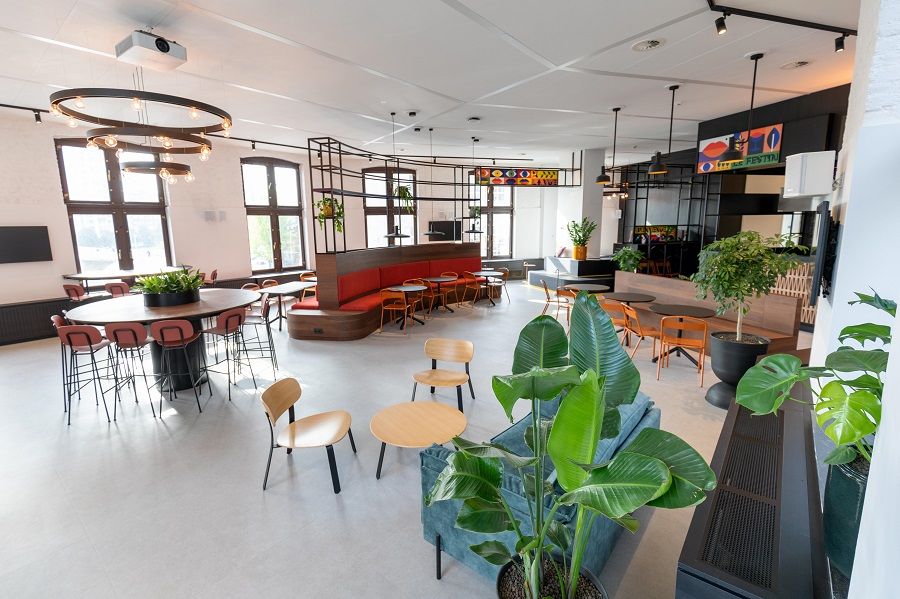
How do you see the evolution of design and interior architecture in the professional sectors you work in?
Modularity is now almost a rule, whereas in the past it was just a curiosity. Also, acronyms designating trends in professional space planning, such as the New Way Of Working (NWOW), together with green certificates, are proliferating in corporate real estate. The most permeable are the offices where numerous guidelines imposed by the builders have to be respected in order to limit the carbon footprint of the buildings, or to seduce the younger generations to encourage a return to the office. This can be a good thing, but we have to establish a difference between firms that give in to the sirens of marketing, those that have the means to apply these standards, those that do it right, and young companies or human-sized companies for whom optimisation at all costs might be counterproductive. You have to evolve, but we shouldn’t impose anything on all categories of users.
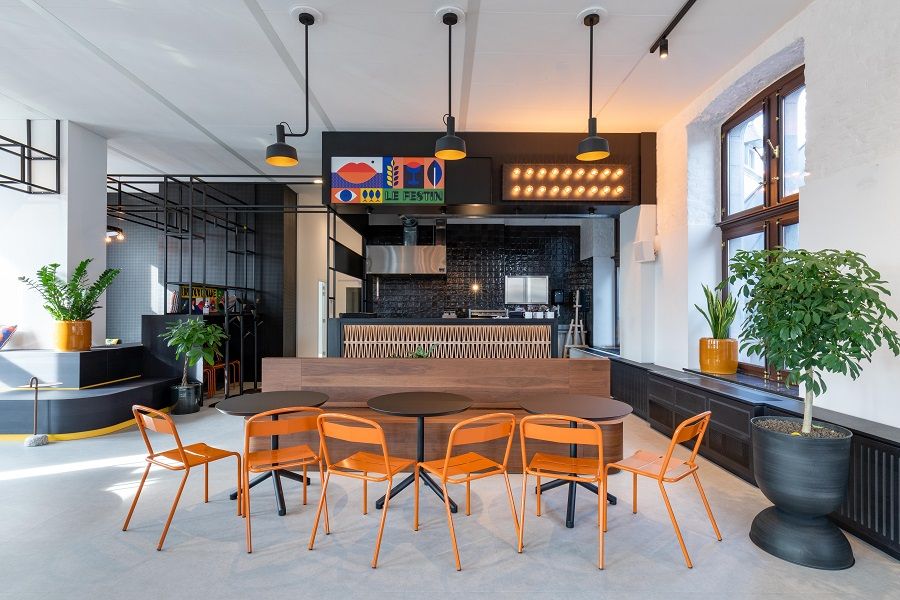
What do you think sustainability is?
Everything but greenwashing! Some of our clients sometimes come with the urge to make their interiors “Instagrammable”. Instead, we suggest working with them so that they can stay for the long term. We often try to make our clients more sensitive to today’s priorities: a space that is smart and pleasant to live in, but that can reuse old furniture or is designed with local artisans in Liège, Namur and Luxembourg, to reduce the ecological impact of design.
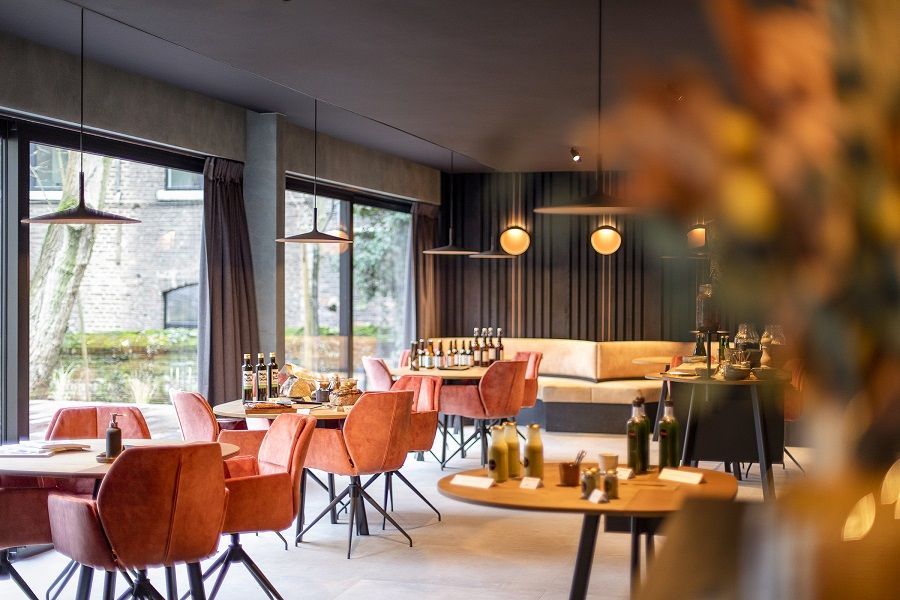
What do you think your emblematic achievements in Liège are?
The entrepreneurial and creative coworking space La Grand Poste, which covers a total of 8,000 square meters, and its rooftop, without a doubt. This taught us a lot in terms of the mix and diversity of environments. Also, having a 360° vision for the design of the Belgian chef Thomas Troupin’s ¡Toma! restaurant, which was awarded a star in the Michelin guide, confirmed that we are very much at ease in the world of gastronomy. This recently led us to design the hotel and restaurant for the chefs David Martin and Mathieu Van de Velde in the Liège region: Le Roannay.

What advice would you give to people who are studying to become a designer, graphic designer or architect?
To stand back, to embrace diversity, to mix universes and to know how to bypass the rules, to break the codes. You don’t have to wait to become an expert in your field to do this. You have to know how to follow your intuition, build up a good team and always create while listening to and respecting others.
